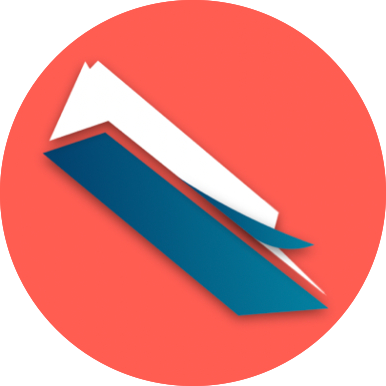 eXtended Reality in TEL
eXtended Reality in TEL
Mikhail Fominykh, Norwegian University of Science and Technology
Benedikt Hensen, RWTH Aachen University
Ekaterina Prasolova-Førland, Norwegian University of Science and Technology
Fridolin Wild, Open University of UK
Abstract: The core drive of technology-enhanced learning (TEL) research is to leverage emerging technologies to improve educational practices both in academic and industrial domains. New opportunities in this research field emerge with the release of advanced eXtended reality (XR) technologies like the Microsoft HoloLens or software libraries like ARCore and ARKit. XR defines a spectrum between the real world and a purely virtual world, the virtual reality (VR). Intermediate forms are augmented reality (AR) and augmented virtuality. In AR, some virtual contents are added to the real environment, whereas AV adds the view of the real world to a computer generated environment. The increase in practicability and the decrease in the prices of VR glasses, open up a time of wearable computing and access to new use cases for education. XR provides benefits for learning with 3D content. Current research about extended reality learning explores the benefits and integration methods that XR can deliver for education. This includes utilizing the ability to convey information with depth perception, add virtual guidance and connect practical activities with theoretical information using virtual overlays. This DETEL module includes an introduction to the research field of learning with XR technologies. We will look at the challenges and the opportunities of these technologies for learning, focusing on both the best practices and on the unexplored area. From the technical background, we will give an overview of tools and libraries for creating XR applications. From the pedagogical background, we will discuss educational theories that are applied with these technologies. We will give an overview of evaluation methods and tools that are used in the field. We will conclude by sharing various international research communities, events, and publication venues in the intersection of XR and learning.